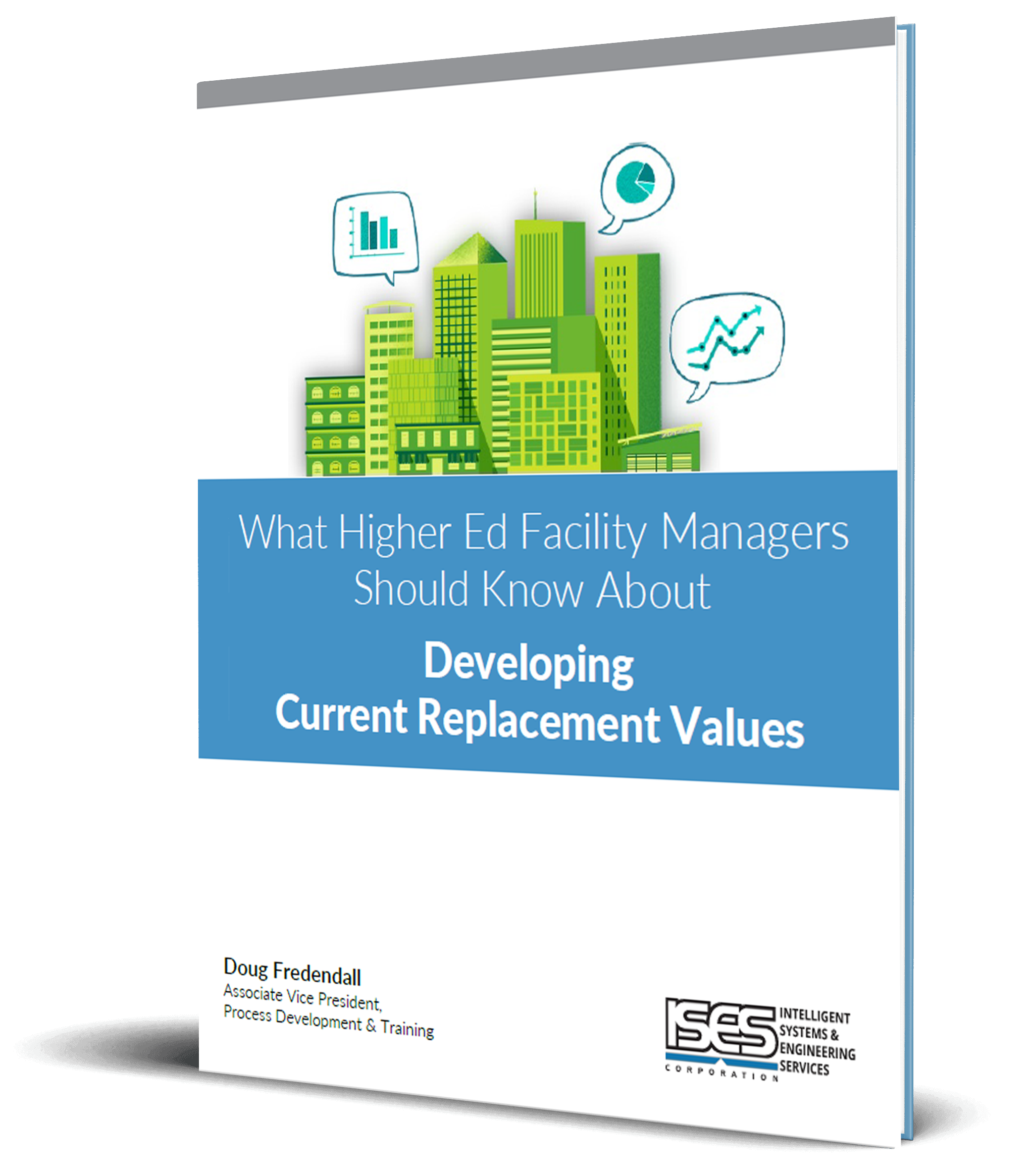Over the past three decades, I have observed numerous firms in the Facilities Management Consulting industry trying to upsell the need for Facilities Renewal by dressing things up in fancy financial terms. The most common tactic is touting the concept of Return on Investment (ROI). This method has been particularly popular among the subset of consultants peddling their services to financial managers instead of facilities managers.
Facilities Renewal, by definition, applies to the funding of renewal needs for your facility portfolio, whether it be a single-family home, standalone office building, a large campus/site of facilities or a government entity’s entire building portfolio.
Types of Returns
If you’re trying to measure ROI for a renewal investment, you must first acknowledge what the possible returns may be. Within the facilities/real estate portfolio field, only three legitimate types of return can be measured and validated. Each of these three returns will be explored using a "single-family home" as an example.
-
Cost Avoidance/Reduction
Replacing the front door on your house won’t reduce your operating costs. Replacing your central air conditioning unit, however, can have a significant impact, depending on the age of the original system. The replacement unit, with its newer technology, results in a lower monthly electric bill, thus providing a real return that can be measured against investment. This type of legitimate ROI typically works only in the energy conservation arena.
-
Equity/Resale Value Appreciation
Replacing the roofing or siding on a home is a sizeable investment that can materially impact the value of your property. But the appreciation in value (and recoupment of the investment) isn’t realized until the sale of the property. While it works for your house, this type of return seldom applies to campus or institutional scenarios because rarely do you find an individual building, within these groups, for sale.
-
Rental Income Appreciation
If you’ve decided to rent out your single-family home, it stands to reason that you can ask a higher monthly rental rate after you repaint the interior and renew floor finishes. These aesthetic investments make your property more attractive, thus allowing it to command a higher rental rate. However, as with the Equity/Resale Value option, this type of return is not available to campus and institutional managers, where space maintained by the facilities department is not leased for profit.
Conclusions
If you are engaged in management of a facility portfolio such as a campus or other institutional /governmental entity, the only recognizable return in Facilities Renewal investing is in the Cost Avoidance/Reduction category. Even there, the opportunities for actual return compared to investment are limited.
If facilities consultants attempt to sell financial managers on Facility Renewal investment using ROI to bait the hook, I predict long-term failure for facilities managers’ budgets. Use of that language in financial circles reinforces the belief that facilities funding is a viable target for reduction. In the last 30 years, I can count on one hand (with fingers left over) the number of clients that actually receive adequate renewal funding. The last thing we need to do is use deceptive and unsupportable financial terms to make the case for necessary reinvestment in facilities.
The proper argument for renewal funding should always be: If we’re going to own our facilities, we’ve got to continually invest in them!


